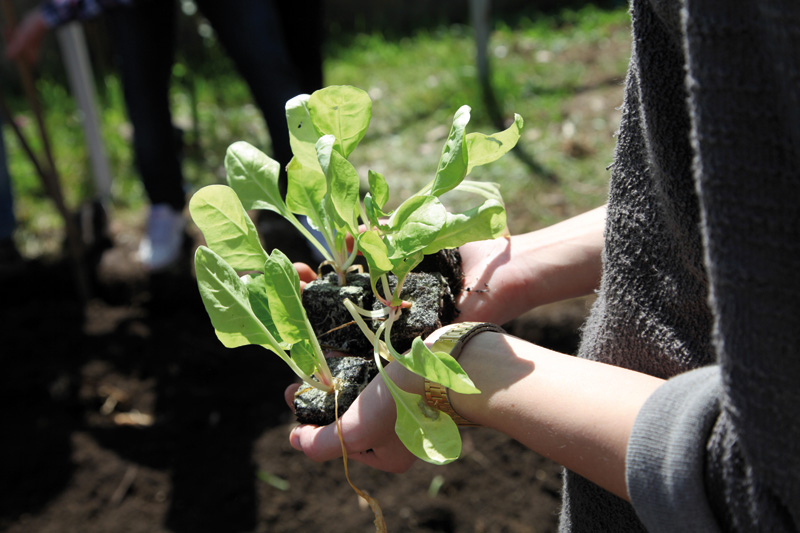

Plants reproduce themselves, looking around them ... The reproduction of plants is a work throughout the year. There are many ways to do that. The best known thing is to sow the seed: gather the tanned seeds when ripening the fruits and sowing them in shape. Other parts of plants other than seeds can also be used for the creation of new plants: leaf, outbreak, puja, ramal, fender, horn, altsum, herding, root, tuber, rhizome, corm, bulb, bulb, etc. The last five are reserve spaces that allow the formation of a new plant if it is separated and modified from the mother plant.
They have tubers like potatoes (Solanum tuberosum) and cyclamen (Cyclamen sp. ). The reed (Arundo donax), the bamboo people, the common rainbow (Iris germanica) and the yellow rainbow (Iris pseudocorus), the cove (Zantedeschia aethiopica) are of rhizomes... The corm includes the azafranes (Crocus sativus), the azpelares (Colchicum autumnale), the swords or gladioli (Gladiolus sp. ), alkylases and colloquasias (Alocasia sp. and Inserasia sp.) and saffron aromas (Crocosmia x crocosmiiflora). For example, onions (Allium cepa), garlic (Allium sativum), ox hearts (Tulipa sp. ), citias (lilium pyrenaicum), herbs of barabbas (Oxalis latifolia) and bruises or hiacintos (Hyacinthus orientalis). There are also those who give turbot on the earth, such as garlic and the Citoria tiger (Lilium lancifolium), as well as various claws and scratches (Saxifraga sp.). also.
Plants that, like terrestrial plants, lengthen the underlying stats are highly likely to reproduce without major frustrations. Without distance, strawberries are their tartetics (Fragaria sp. ), Common Loza (Phragmites australis), Rabas-Herb, Papiro (Cyperus papyrus), Peppermint abundantly (Mentha sp. ), edaski (Ranunculus reptans), redcurrant (Ajuga reptans), askimotz or rosarino (Cynodon dactylon), some genera of batanga (Stachys straight) and belerte black or biurda (Convulvulus arvensis).
The second spring of the year is here in our territory. Take advantage of the new sweating that this entails if you want to create new pieces of plants with those already mentioned. It's the season.